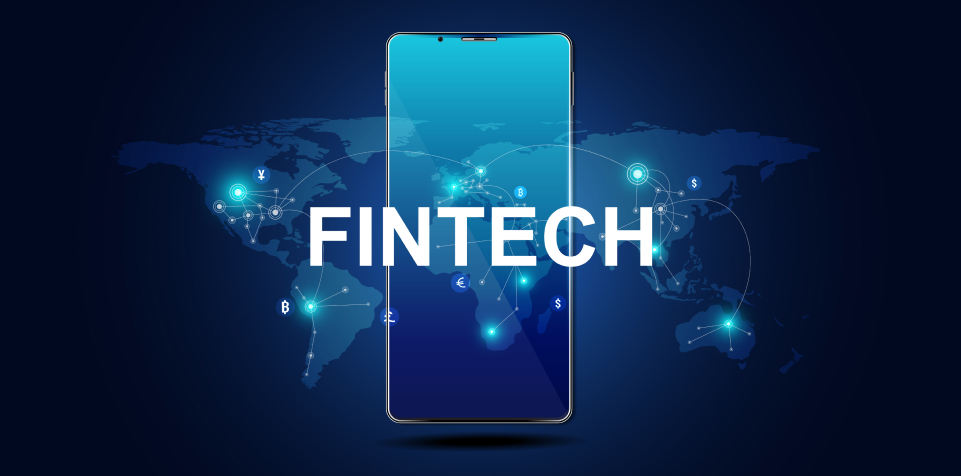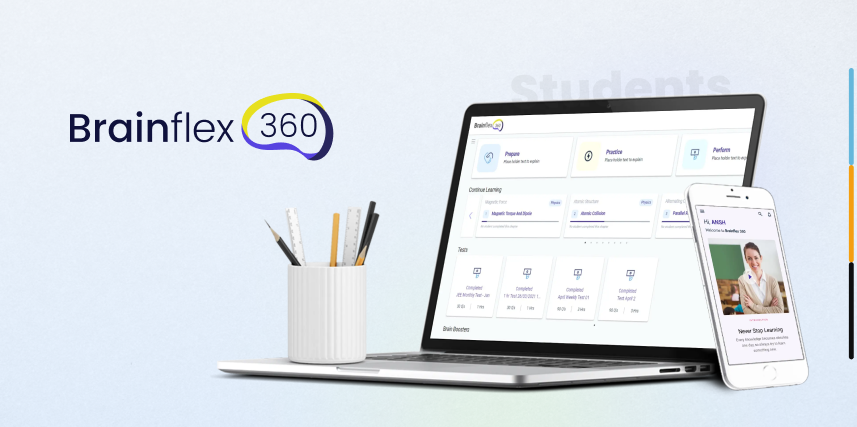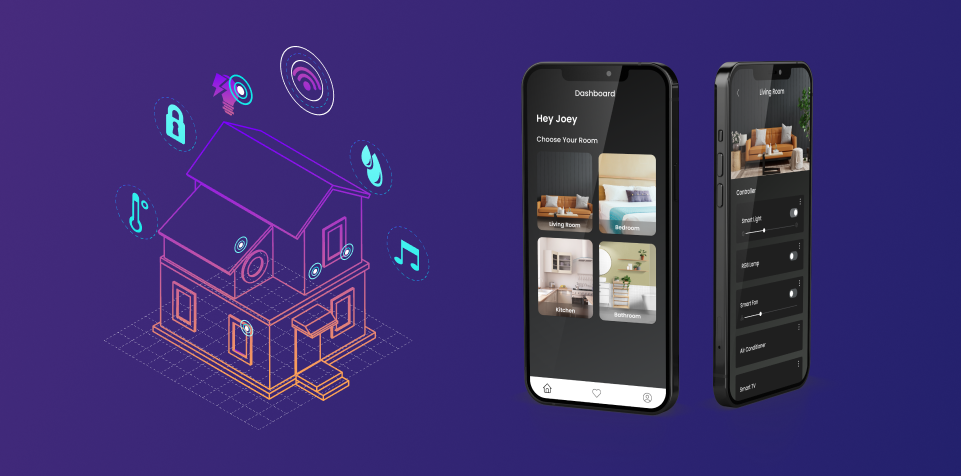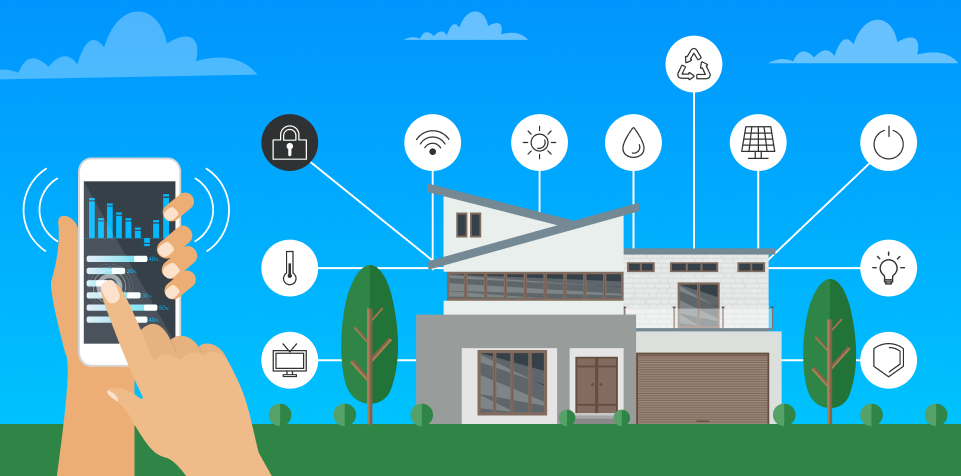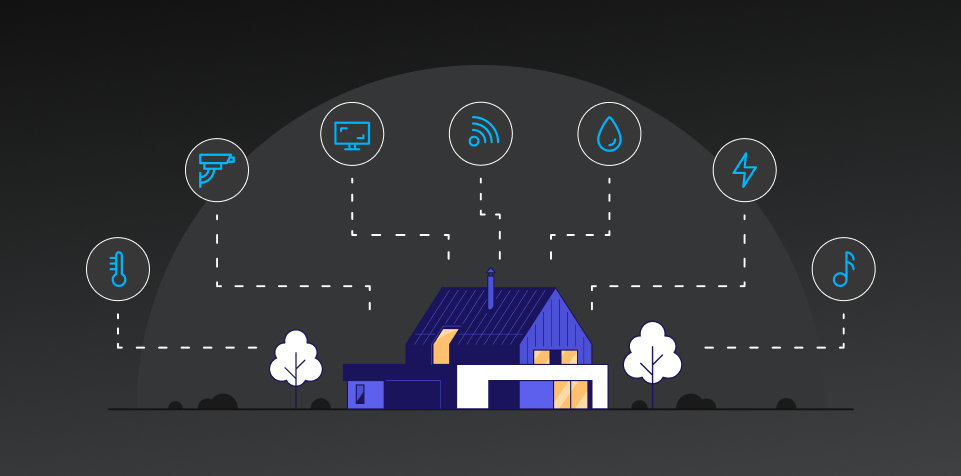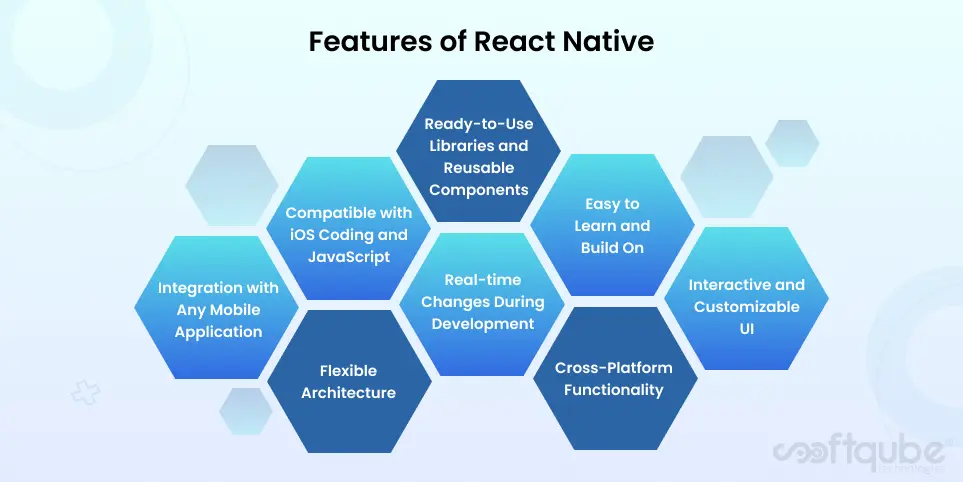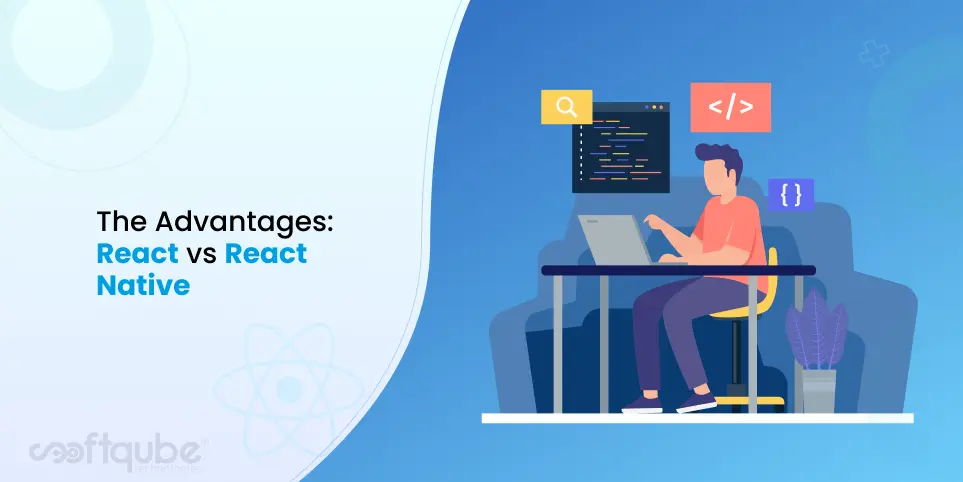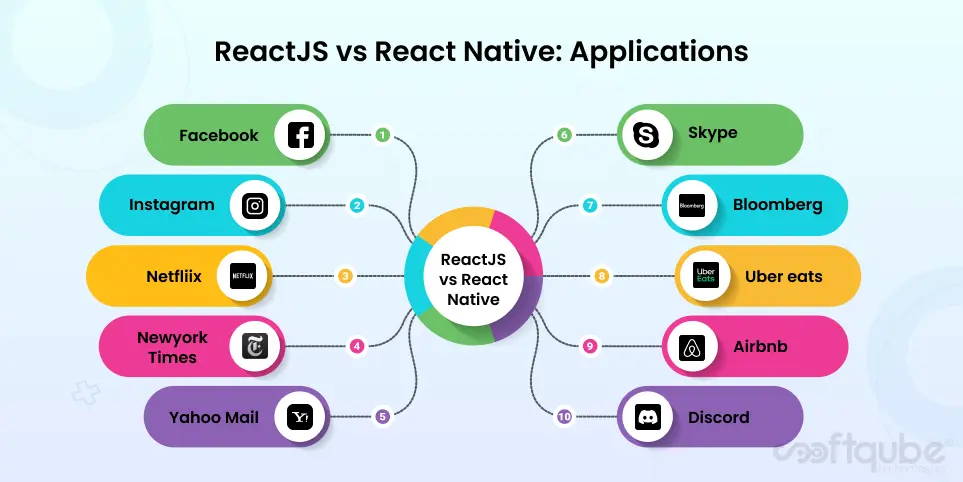Table of Contents
- Why Enterprise Mobile Apps Matter:
- Understanding the Enterprise Mobile App Development Process
- Choosing the Right Enterprise Mobile App Development Platform
- Leveraging Softqube’s Expertise in Enterprise Mobile App Development
- Key Considerations for Successful Enterprise App Development
- Future Trends in Enterprise Mobile App Development
- FAQs
- Conclusion
In today’s digital era, mobile applications have become an integral part of enterprise strategies. As businesses strive to enhance productivity, improve customer engagement, and stay ahead of the competition, enterprise mobile application development has emerged as a critical component of their digital transformation journey. This comprehensive guide delves into the nuances of enterprise mobile app development, exploring the processes, platforms, and services that can propel your business to new heights.
Why Enterprise Mobile Apps Matter
Enterprise mobile apps are not just tools; they are strategic assets that can streamline operations, facilitate real-time communication, and provide valuable insights through data analytics. For business leaders, CTOs, and project managers, investing in a robust mobile app can lead to:
- Enhanced Productivity: Mobile apps enable employees to access company resources on the go, leading to increased efficiency.
- Improved Customer Engagement: Apps provide a direct channel to interact with customers, gather feedback, and offer personalized services.
- Competitive Advantage: A well-designed app can differentiate your business in a crowded market.
Understanding the Enterprise Mobile App Development Process
The enterprise mobile app development process is a systematic approach that ensures the final product aligns with business objectives and user needs. Here’s a breakdown of the key stages:
1. Ideation and Requirement Analysis:
- Business Objectives: Define what you aim to achieve with the app.
- Target Audience: Understand who will use the app and their needs.
- Market Research: Analyze competitors and market trends.
2. Planning and Strategy:
- Technology Stack Selection: Choose between native (Swift for iOS, Kotlin for Android) or cross-platform (React Native, Flutter) development.
- Resource Allocation: Determine the budget, timeline, and team roles.
- Risk Management: Identify potential challenges and mitigation strategies.
3. Design and Prototyping:
- User Experience (UX): Create intuitive navigation and interactions.
- User Interface (UI): Design visually appealing interfaces that align with your brand.
- Prototype Development: Build a prototype to validate concepts and gather feedback
4. Development:
- Backend Development: Set up servers, databases, and APIs.
- Frontend Development: Code the app using the selected platform.
- Integration: Ensure seamless integration with existing enterprise systems.
5. Testing and Quality Assurance:
- Functional Testing: Verify that all features work as intended.
- Performance Testing: Assess the app’s speed, responsiveness, and stability.
- Security Testing: Protect against vulnerabilities and ensure data privacy.
6. Deployment and Launch:
- App Store Submission: Follow guidelines for Apple App Store and Google Play Store.
- Enterprise Distribution: Use Mobile Device Management (MDM) solutions for internal apps.
- Marketing Strategies: Promote the app to drive adoption.
7. Maintenance and Updates:
- Regular Updates: Keep the app up-to-date with new features and security patches.
- User Support: Provide assistance and gather feedback for continuous improvement.
Choosing the Right Enterprise Mobile App Development Platform

Selecting the appropriate enterprise mobile app development platform is crucial for the app’s success. Here’s a comparison of the options:
Native Development
- Swift for iOS: Offers superior performance and access to the latest iOS features.
- Kotlin for Android: Provides a modern language with enhanced safety and interoperability.
- Advantages: High performance, better user experience, full access to device features.
- Considerations: Longer development time, higher costs due to separate codebases.
Cross-Platform Development:
- React Native: Uses JavaScript and allows code sharing between iOS and Android.
- Flutter: Google’s UI toolkit for building natively compiled apps from a single codebase.
- Advantages: Faster development, cost-effective, consistent UI across platforms.
- Considerations: May have limitations accessing native device features, dependency on third-party libraries
At Softqube, we guide you through this decision-making process, aligning platform choice with your business goals and technical requirements.
Leveraging Softqube’s Expertise in Enterprise Mobile App Development

As a leading provider of enterprise mobile app development services, Softqube brings deep expertise and a proven track record to your projects. Here’s what sets us apart:
- Comprehensive Skill Set: Our team is proficient in native development languages like Swift and Kotlin, as well as cross-platform frameworks like React Native and Flutter.
- Customized Solutions: We tailor each app to meet your unique business needs, ensuring alignment with your objectives and user expectations.
- Quality Assurance: Rigorous testing protocols guarantee that your app is reliable, secure, and performs optimally.
- Integration Capabilities: We ensure seamless integration with your existing enterprise systems, enhancing data flow and operational efficiency.
- Ongoing Support: Post-deployment, we offer maintenance services to keep your app updated and functioning flawlessly.
Key Considerations for Successful Enterprise App Development
When embarking on an app development enterprise journey, consider the following factors to ensure success:
- Security: Prioritize data protection with encryption, secure authentication, and compliance with regulations like GDPR.
- Scalability: Design the app to handle growing user numbers and expanding functionalities.
- User-Centric Design: Focus on delivering an intuitive and engaging user experience.
- Performance Optimization: Ensure fast load times and smooth interactions, even under heavy usage.
- Feedback Mechanisms: Incorporate features that allow users to provide feedback for continuous improvement.
Future Trends in Enterprise Mobile App Development

Staying ahead means anticipating future trends and integrating them into your app development strategy:
- Artificial Intelligence and Machine Learning: Enhance functionalities with predictive analytics and personalized experiences.
- Internet of Things (IoT) Integration: Connect your app with IoT devices for expanded capabilities.
- Augmented Reality (AR) and Virtual Reality (VR): Offer immersive experiences for training, simulations, or customer engagement.
- 5G Technology: Leverage faster networks for real-time data processing and advanced features.
FAQs
Enterprise mobile app development is the process of creating mobile applications specifically designed to meet the needs of businesses and organizations. These apps are tailored to streamline operations, improve employee productivity, enhance customer engagement, and integrate seamlessly with existing enterprise systems like CRM, ERP, and HRMS. They are typically more robust, secure, and scalable than consumer-focused apps.
The best platform depends on your enterprise’s specific needs:
- Native Development: If performance and access to device-specific features are critical, choose native platforms like Swift for iOS and Kotlin for Android.
- Cross-Platform Development: If you want a cost-effective solution that works across iOS and Android, frameworks like React Native or Flutter are excellent choices.
A thorough consultation with a mobile app development expert can help you determine the best fit based on your goals, audience, and budget.
The cost of developing an enterprise mobile app varies depending on several factors:
- Complexity of Features: Advanced features like AI integration, real-time data processing, or custom APIs increase costs.
- Development Platform: Native apps typically cost more than cross-platform apps due to the need for separate codebases.
- Design and Customization: Highly customized designs or user interfaces may add to the cost.
On average, enterprise mobile app development can range from $50,000 to $250,000 or more. Partnering with experienced developers ensures you get value for your investment.
The timeline for enterprise mobile app development depends on the app’s complexity and requirements.
- Basic Apps: 3 to 6 months
- Medium Complexity Apps: 6 to 9 months
- Highly Complex Apps: 9 months to over a year
Factors like feature complexity, integrations, and testing requirements can influence the duration. A clear project plan and agile development methodology can help streamline the timeline.
Conclusion
Enterprise mobile apps are powerful tools that can transform your business operations and customer interactions. By understanding the enterprise mobile app development process and choosing the right development partner, you can create applications that drive growth and innovation.
At Softqube, we’re committed to delivering exceptional enterprise mobile app development services. Our expertise across various platforms ensures that we can meet your specific needs, whether you’re looking for native performance or cross-platform flexibility. Let us
help you navigate the complexities of app development and build solutions that position your business for success in the digital age.
















